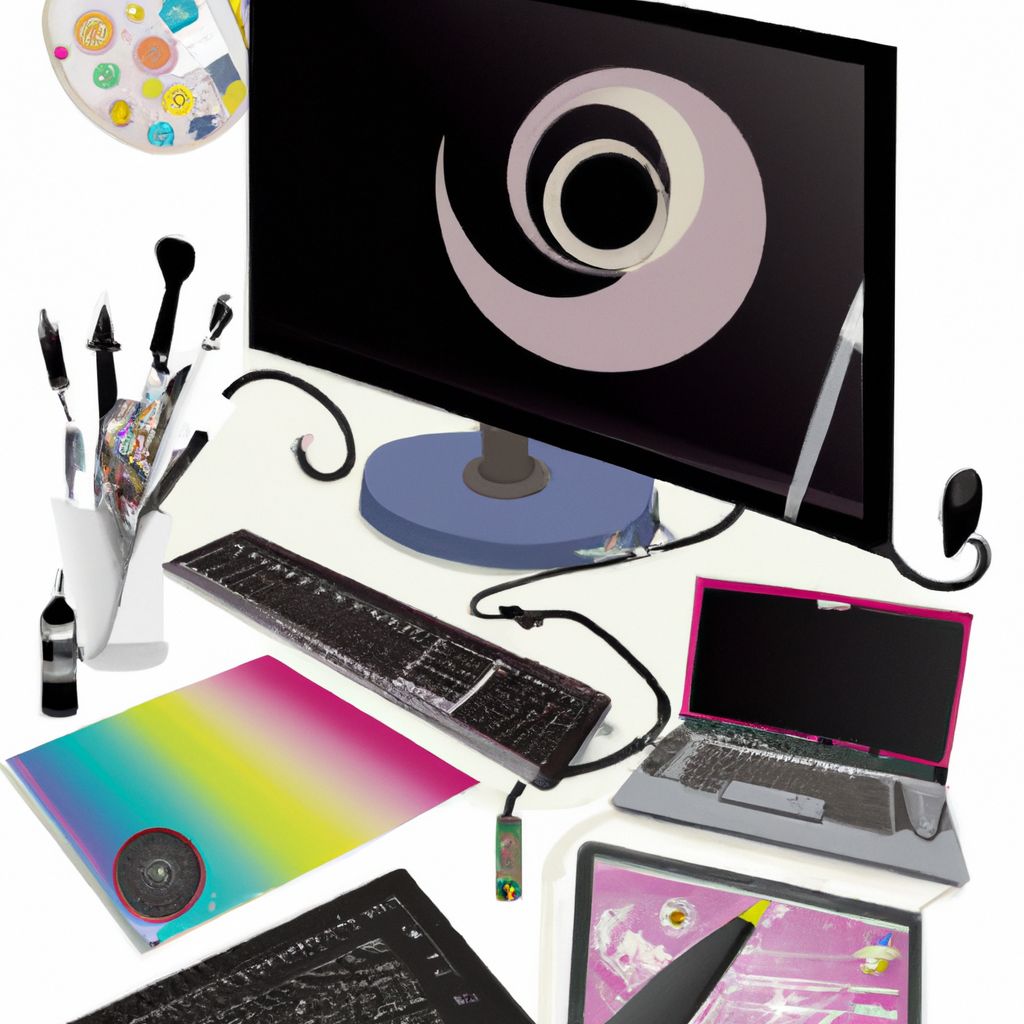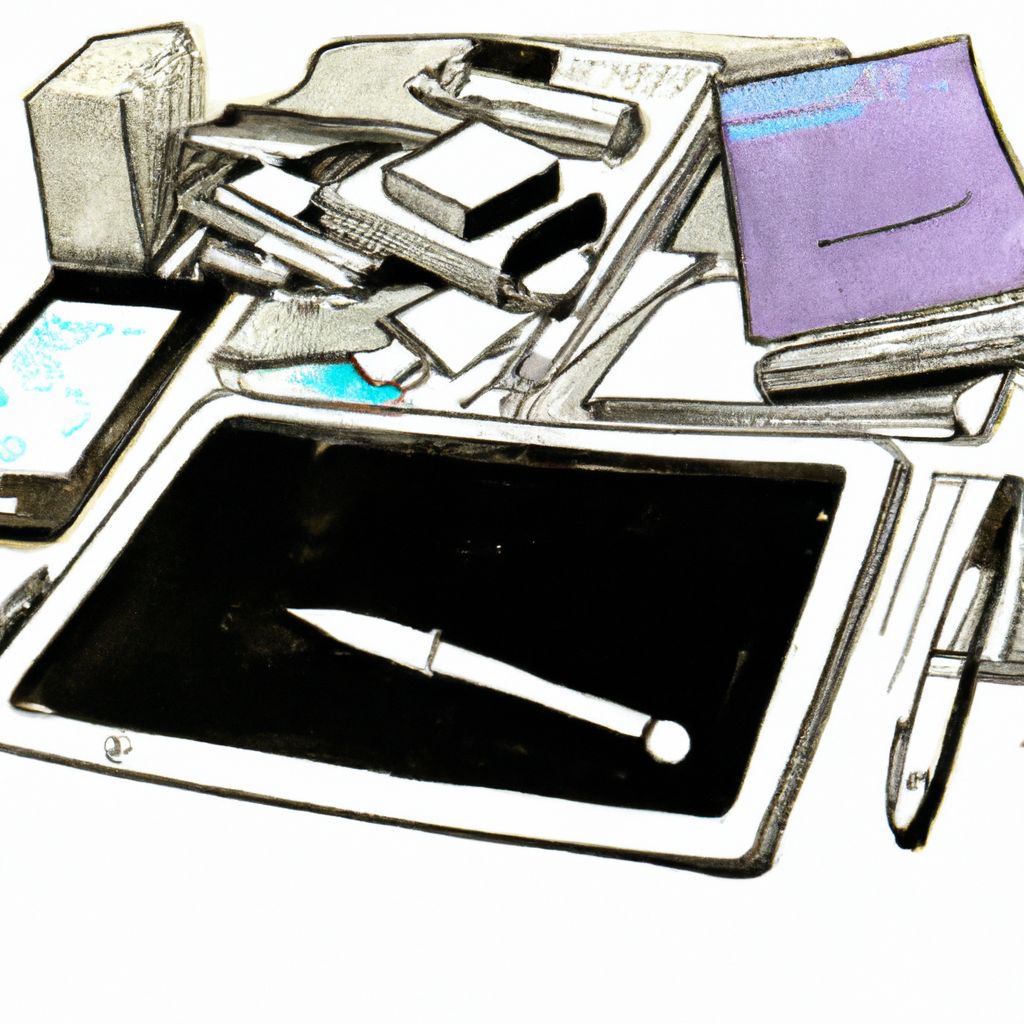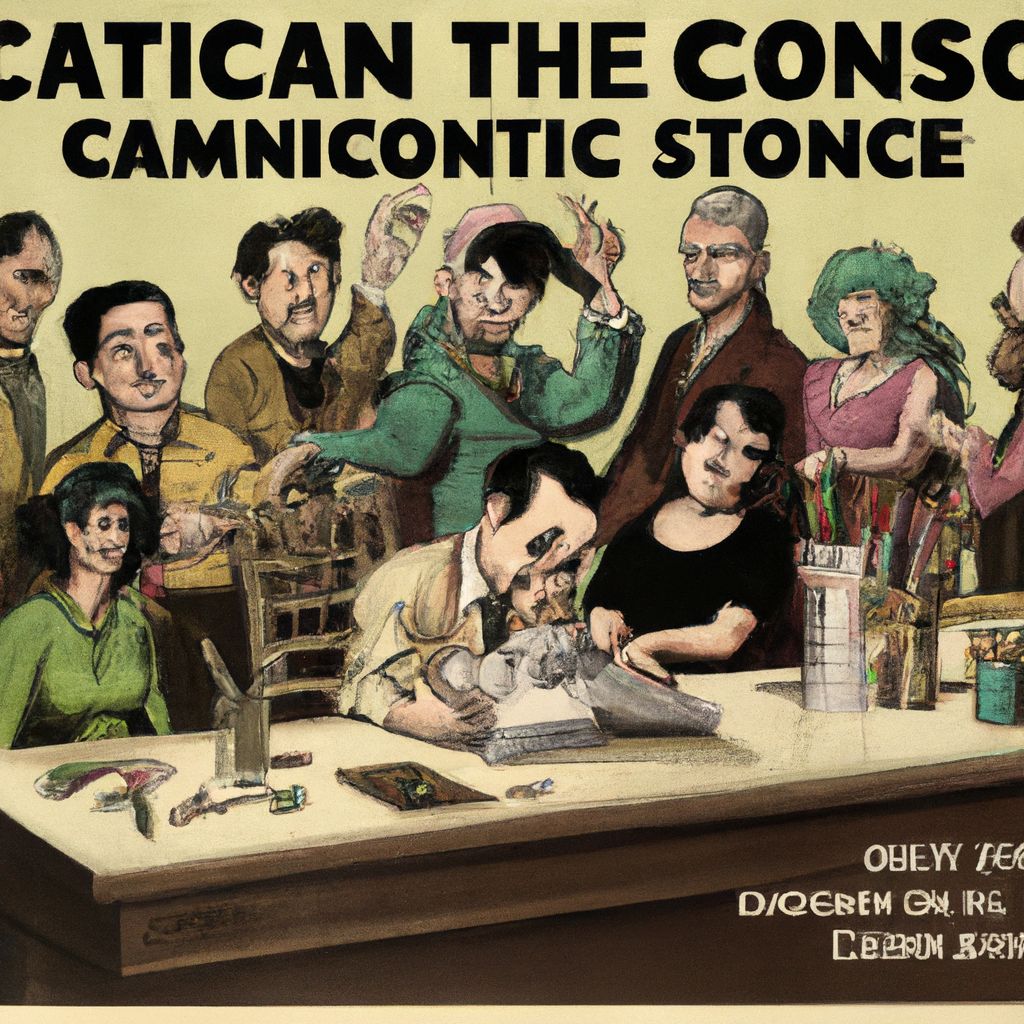- Introduction to Cartooning Tools
- Different types of Cartooning Tools
- Review of Essential Drawing Tools for Cartooning
- Review of Essential Coloring Tools for Cartooning
- Review of Essential Digital Tools for Cartooning
- How to Maintain and Care for Your Cartooning Tools
- Conclusion: Choosing the Right Cartooning Tools
Introduction to Cartooning Tools

Cartooning is an art form that uses simplified figures and forms to express ideas, tell stories, and communicate messages. It has a profound impact on various sectors, from entertainment and advertising to education and journalism. The importance of cartooning is reflected in its ability to make complex ideas accessible and engaging to a wide audience.
However, creating high-quality cartoons isn't solely about one's artistic skills and creativity. It's also about leveraging the right tools. The tools used by cartoonists not only streamline their work process but also enhance the quality and appearance of their cartoons. They offer a broad range of capabilities, such as sketching, coloring, inking, and digital editing, which are essential for modern cartooning.
With the advent of technology, the toolbox of a cartoonist has expanded beyond traditional pen and paper. Today's cartoonists have a plethora of both physical and digital tools at their disposal. These tools enable them to experiment with different styles, techniques, and formats, thereby enhancing their versatility and productivity.
Different types of Cartooning Tools

There are a variety of tools that cartoonists use to bring their creations to life. Let's explore the different types of cartooning tools and their specific functions:
- Drawing Tools
-
These are the primary tools used for sketching the initial cartoon characters and scenes. They include:
- Pencils: A staple in every cartoonist's toolbox, pencils are used for sketching rough drafts and outlines. They come in various grades of hardness and softness, each providing different line qualities.
- Erasers: They are used to correct mistakes and refine the sketches. Some cartoonists prefer kneaded erasers, as they can be shaped for precision erasing.
- Inking pens: Once the sketch is finalized, inking pens are used to trace over the pencil lines to make them stand out. They come in various tip sizes for flexibility in line width.
- Coloring Tools
-
These tools are used to add color to the cartoons and include:
- Colored Pencils: They provide precision and control, making them ideal for adding intricate details and shading.
- Markers: Markers offer vibrant colors and are excellent for filling in large areas quickly. They come in various tip sizes and a wide range of colors.
- Watercolor paints: For a softer, more fluid look, some cartoonists prefer using watercolor paints. They provide a unique texture and effect that can't be achieved with pencils or markers.
- Digital Tools
-
These tools have revolutionized cartooning, offering a whole new world of possibilities:
- Drawing tablets: They provide a digital canvas to draw on, offering features like pressure sensitivity and tilt recognition to mimic traditional drawing tools.
- Styluses: These pen-like devices are used with drawing tablets for a natural drawing experience.
- Software: Software like Adobe Illustrator, Procreate, and Clip Studio Paint offer tools for sketching, coloring, and editing, along with features like layers, brush options, and filters.
Review of Essential Drawing Tools for Cartooning

Choosing the right drawing tools can greatly impact the quality of your cartoons. Here's a review of some essential drawing tools for cartooning:
- Pencils
- Pencils are a fundamental part of any cartoonist's toolkit. They are perfect for sketching initial outlines and adding details. For cartooning, 'HB' pencils are often preferred for their balanced hardness and blackness. The Staedtler Mars Lumograph pencil set is a popular choice due to its range of different hardness levels.
- Pens
- For inking and detailing, pens are a must-have. They offer a crisp, clean line that pencils can't replicate. The Sakura Pigma Micron pen set is a favorite among cartoonists due to its archival-quality ink and variety of tip sizes.
- Markers
- Markers are great for adding bold, vibrant colors to your cartoons. They are available in a wide range of colors and tip sizes. The Copic Marker set is highly recommended in the cartooning world for its professional quality and blendable colors.
- Inks
- Inks can add depth and dimension to your cartoons. They are ideal for creating solid black areas or intricate details. The Winsor & Newton Drawing Ink set offers a range of colors and is praised for its smooth flow and fast drying times.
- Sketchbooks
- A good quality sketchbook is essential for practicing and refining your cartooning skills. It should have thick, smooth paper that can handle various drawing tools without bleeding or tearing. The Strathmore 400 Series Sketch Pad is a great option with its heavyweight, fine-tooth paper.
When choosing these tools, remember that each cartoonist has different preferences and needs. Therefore, it's crucial to try out different brands and types to see what works best for you. Also, keep in mind that the most expensive product isn't always the best. Look for quality, durability, and comfort in use.
Review of Essential Coloring Tools for Cartooning

Coloring tools play a pivotal role in bringing life and depth to the characters and scenes in cartooning. Here's a review of some essential coloring tools:
- Colored Pencils
- Colored pencils offer precision and control, making them ideal for adding intricate details and shading. The Prismacolor Premier colored pencils are a popular choice due to their soft, thick cores and high-quality pigments.
- Crayons
- Crayons are an excellent tool for filling in large areas of color. They are easy to use and come in a wide variety of colors. The Crayola Crayons set is a classic choice, known for its durability and vibrant colors.
- Watercolors
- Watercolors provide a unique, soft look that can't be achieved with pencils or crayons. They are perfect for creating a range of textures and effects. The Winsor & Newton Cotman watercolor set is highly recommended for its excellent color richness and blendability.
When it comes to coloring tools, the choice largely depends on your personal style and the effect you want to achieve. For example, if you prefer bold, vivid colors, markers or crayons could be your best bet. On the other hand, if you're after a softer, more subtle look, watercolors might be the way to go.
As with drawing tools, don't judge the tools solely by their price. Consider factors like the quality of pigments, durability, and how comfortable they are to use. Remember to test different products to find the ones that best suit your needs and preferences.
Review of Essential Digital Tools for Cartooning

Digital tools have revolutionized cartooning, opening up new techniques and possibilities. Here's a review of some essential digital tools for cartooning:
- Drawing Tablets
- Drawing tablets provide a digital canvas for cartoonists, offering features like pressure sensitivity and tilt recognition. The Wacom Intuos Pro is a top-rated drawing tablet with a large active area, excellent pressure sensitivity, and wireless connectivity. However, it can be a bit pricey for beginners.
- Stylus
- A stylus is used in conjunction with a drawing tablet for a natural drawing experience. The Apple Pencil is one of the most recommended styluses due to its pressure sensitivity, tilt functionality, and minimal lag. However, it's only compatible with iPads, limiting its usability for those who use other devices.
- Art Software
- Art software offers a variety of tools for sketching, coloring, and editing cartoons. Adobe Illustrator and Photoshop are industry standards with a wide range of features, but they require a monthly subscription. For those seeking a one-time purchase, Clip Studio Paint is a fantastic alternative, offering a suite of cartooning tools at an affordable price.
When selecting digital tools, it's important to consider your budget, your level of expertise, and the features you need. If you're a beginner, you might want to start with a more affordable tablet and free or low-cost software until you hone your skills. As you advance, you can invest in more professional-grade tools.
Before purchasing any digital tool, ensure your computer meets the software's system requirements to run smoothly. Also, consider the learning curve associated with each tool. Some software, like Adobe Illustrator, can be complex to learn, so make sure you're willing to invest the time to learn it.
How to Maintain and Care for Your Cartooning Tools

Proper maintenance and care of your cartooning tools can significantly extend their lifespan and ensure their efficiency. Here are some tips:
- Pencils, Pens, and Markers
-
- Always replace caps on pens and markers immediately after use to prevent them from drying out.
- Store your pencils, pens, and markers horizontally. This helps keep the ink flow consistent in pens and markers.
- Avoid dropping your drawing tools as this can damage the tips.
- Paints and Inks
-
- Make sure to clean your brushes thoroughly after using them with paints or inks to prevent the bristles from hardening.
- Always close the lids of paint and ink pots tightly to prevent them from drying.
- Drawing Tablets and Styluses
-
- Avoid eating or drinking near your tablet to prevent spills.
- Don't press too hard with your stylus. It can damage both the stylus tip and the tablet surface.
- Keep your tablet and stylus clean. Wipe them down regularly with a soft, damp cloth.
- Software
-
- Regularly update your software. Updates often include bug fixes and new features.
- Back up your work regularly. Losing data due to a software crash or computer problem can be devastating.
By following these maintenance and care tips, you can ensure your cartooning tools remain in top condition, allowing you to produce your best work.
Conclusion: Choosing the Right Cartooning Tools

Choosing the right tools is a crucial aspect of cartooning. The tools you select can greatly influence the quality of your work, your efficiency, and even your enjoyment of the process. Whether you're sketching out your initial concept with a pencil, adding vibrant colors with markers, or using advanced digital tools to add the final touches, each tool plays its own unique role in bringing your cartoon to life.
Remember, there's no one-size-fits-all when it comes to cartooning tools. Each cartoonist has different needs and preferences. Don't be afraid to experiment with different tools and find what works best for you. Also, remember that investing in high-quality tools can pay off in the long run, not only in terms of the longevity of the tools but also the quality of your work.
Lastly, keep in mind that tools are just that - tools. They're there to assist you, but the true magic lies in your creativity and skills. So, continue to hone your craft, keep exploring and experimenting, and most importantly, enjoy the process!






